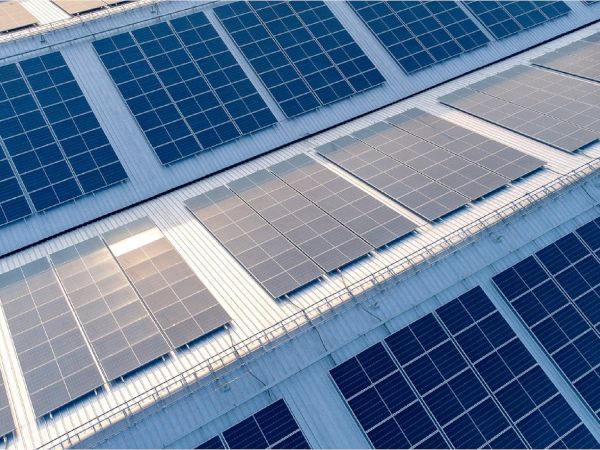
Date: 10 February 2025
Satinal, a leading Italian Company focused on the production of STRATO® Interlayers for safety glass lamination, has introduced STRATO® SOLAR PV Encapsulants for the photovoltaic modules in its product range since 2020. As a key technology for the development of sustainable energy solutions, Satinal would like to give a brief technical explanation of the technology behind these products.
Solar panels have become increasingly popular as a clean and renewable energy source. But how do they actually work? By understanding the technology behind solar panels and staying informed about the latest advancements, you can make a confident and informed decision about investing in solar energy.
Let's dive into the science behind it and explore the latest advancements in this field.
Solar PV modules. How do they work
The light that hits our Earth from the sun is made up of many different wavelengths across the electromagnetic spectrum. Of this light, only 42-43% is visible to the human eye. However, all light, even light outside the visible range for humans, is composed of photons. Solar panels work by converting these photons into energy.
The vast majority of solar panels are made and designed of materials that convert primarily visible light radiations, because visible light makes up most of the light that hits the Earth and has a higher energy concentration than infrared light.
The shorter the wavelength, the more energetic the radiation and the greater the potential for harm. UV radiation that reaches the Earth’s surface is in wavelengths between 290 and 400nm (nanometers). This is shorter than wavelengths of visible light, which are 400 to 700nm. Little to no radiation below 290nm can reach the Earth’s surface, therefore it is not useful to maximize the light uptake in the cells at UV cut-off below 290 nm for PV modules that are installed on the earth’s surface.
The photons from different types of light have different energy concentrations. Photons from UV light have too much energy and a lot of this energy is wasted as heat. This heat warms and damages the photovoltaic panels, which decreases their efficiency in the long term and deteriorate their performance over time.
Photovoltaic modules are exposed to the solar irradiation that reaches the Earth’s surface, which includes UV light. UV radiation is also well known as a degradation factor for polymeric materials, as used for encapsulation of PV cells. It is well known in the PV industry since more than 10 years that Solar encapsulants are divided into UV cutting and UV transmitting films. UV cutting films have typical UV cut off at 360nm, while UV transmitting films can transmit UV light from 290-300nm.
So, it is not suggested to rely on experimental encapsulants on the market that aim at maximizing the capture of light from the ultraviolet spectrum below 290nm. UV light absorption in the range below 290nm is physically impossible on the Earth’s surface, because these light wavelengths do not even reach the ground level.
During the last 10 years, at least since 2013, the solution to the technology’s UVID issue (UV Induced Degradation) has been addressed by developing the UV conversion technology, instead of the standard UV-transmission or UV-cutting technology.
The most advanced technologies on the market, which are already covered by patents and intellectual property rights from different encapsulant manufacturers, are targeting the UV conversion technology: converting damaging UV light into visible blue light boosting energy generation. This way, it offers protection to the solar module from damaging UV rays and an increase in energy generation.
The majority of deep UV photons (290-380nm) are not absorbed or transmitted, but they are transformed into visible light (400-550nm), thereby improving the spectral response of photovoltaic cells and resulting in higher power generation compared to UV-transmissive or UV-cutting films. This conversion process is achieved without compromising module reliability, as this technology offers reliable performance to weathering exposure.
UV Conversion Technology: the latest efficient encapsulant solution
The photoconversion film employs a highly innovative down-conversion mechanism to switch deep ultraviolet radiation into visible light within the 400-550nm range, resulting in increased power generation from photovoltaic modules.
Unlike traditional encapsulants, that exhibit accelerated degradation when exposed to prolonged UV radiation, especially in high-humidity environments, photoconversion films boast impressive long-term performance against UVID (UV-induced degradation), with minimal degradation in peel strength. Indeed, they can provide cross-linking rates over 90%, high adhesion levels, outstanding resistance to potential induced degradation (PID), low corrosion, and exceptional UV stability.
Photoconversion film technology is specifically engineered to safeguard PV modules from the detrimental effects of UV radiation. Furthermore, it actively improves module performance by transforming harmful UV light into energyenhancing light, differently from other products that can just transmit or cut UV radiation.
It is always very important to consider the degradation effects of UV light in a solar PV module and Satinal strongly suggests to rely on experienced supplier of PV encapsulants, not relying on experimental products on the market with no proven background in the industry.
Contacts:
info@satinal.it
+39 031 870573
satinal.it
 600450
600450


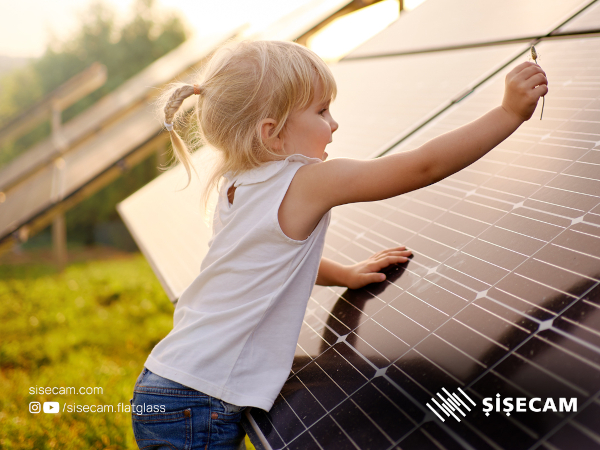

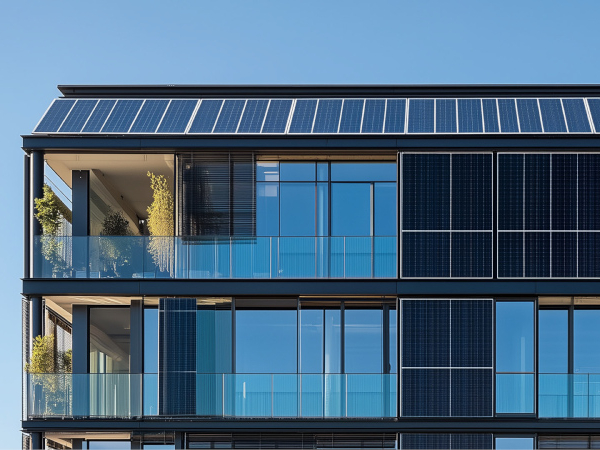
























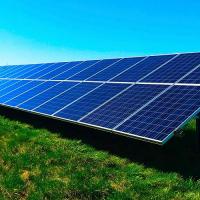

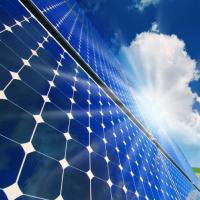

Add new comment